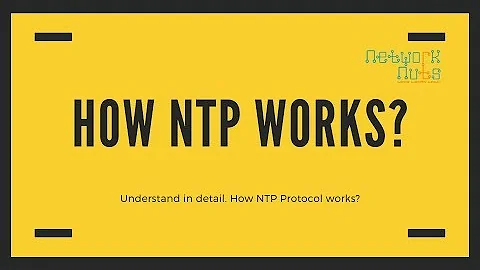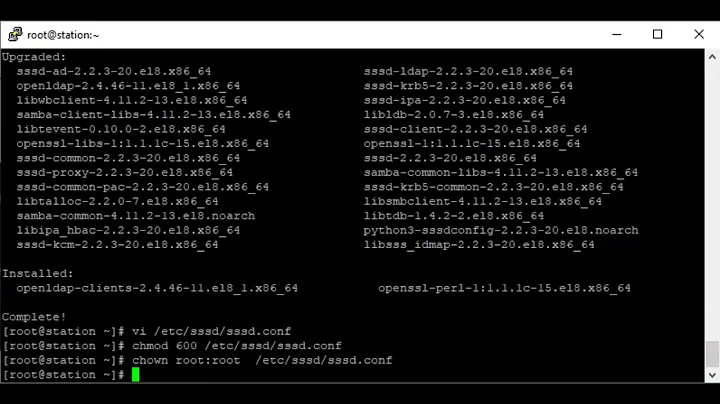What is lldpad (RHEL)
If you have dozens (or hundreds) of servers, LLDP will allow each one to talk to the upstream switch/es it is connected to at the Ethernet Layer 2. Then when you log into the switch/es and do a "show ports" command, you'll (as a Network Admin) be able to see which machines are connected to which switch interfaces.
This information can be put into a switch port's "description" field, but as hardware is added, moved, and retired, most folks forget to update it, and so you get out-of-date information as to which machines are connected where.
For a single server it's not a big deal, but many medium and large companies use RHEL, and for them it's easier to keep track of network layout if the process starts up by default.
Information that's published via LLDP includes (but is not limited to): host name, OS version, VLAN membership, management address, etc. If you combine it with something like Netdisco (or other network management software), you can map out your entire network very easily (and keep track of changes as well):
http://en.wikipedia.org/wiki/Netdisco
Related videos on Youtube
basos
Updated on September 18, 2022Comments
-
basos almost 2 years
recently I encountered the lldpad daemon in centos 6.3.
It says in the manual :Executes the LLDP protocol for supported network interfaces. Link Layer Discovery Protocol also has a nice wikipedia article.
Does anybody know if this would be of any use in a standalone server (web/mail/ftp). I suspect no. Then in what scenarios would that be useful. Is there any important reason why the default centos 6.3 has this service enabled?




